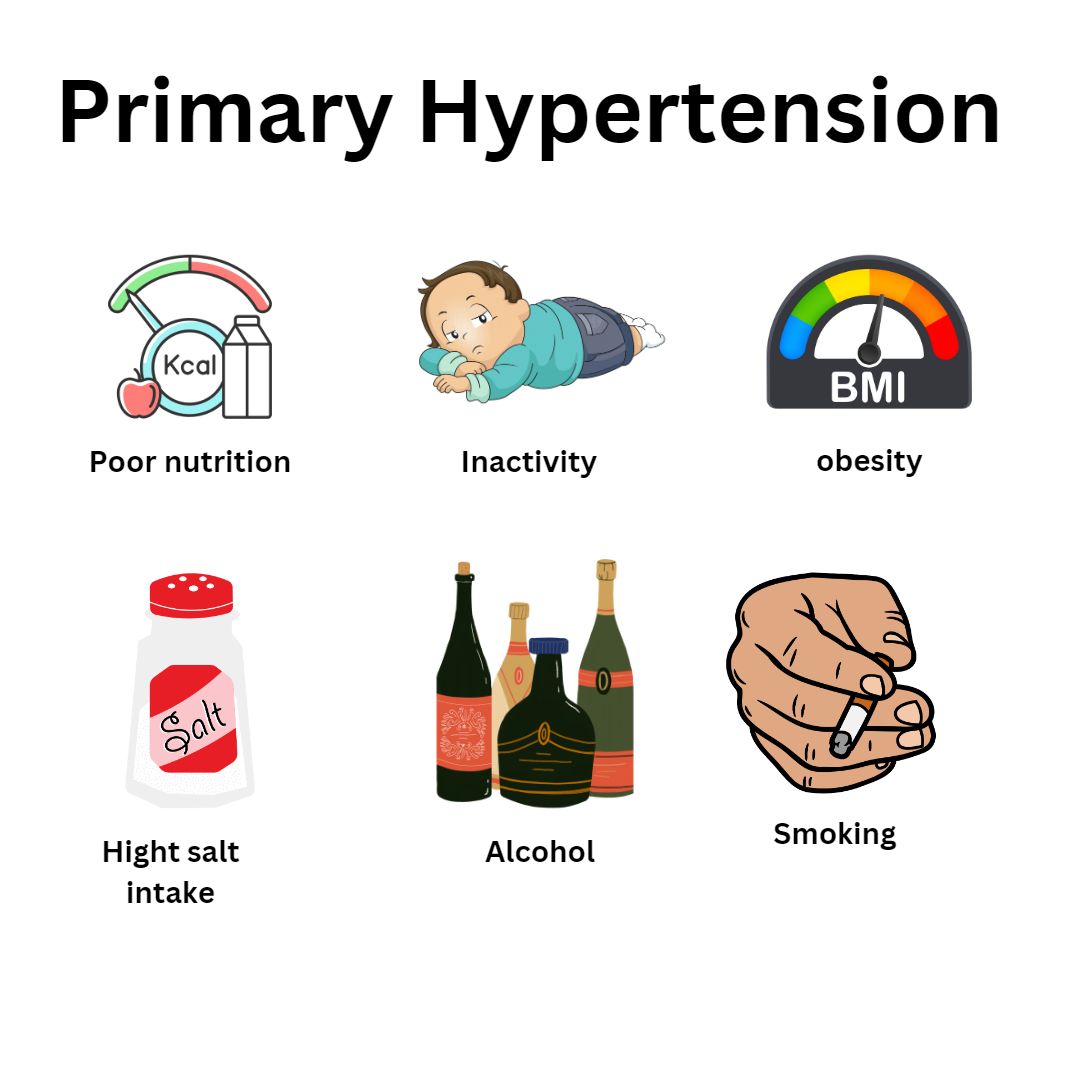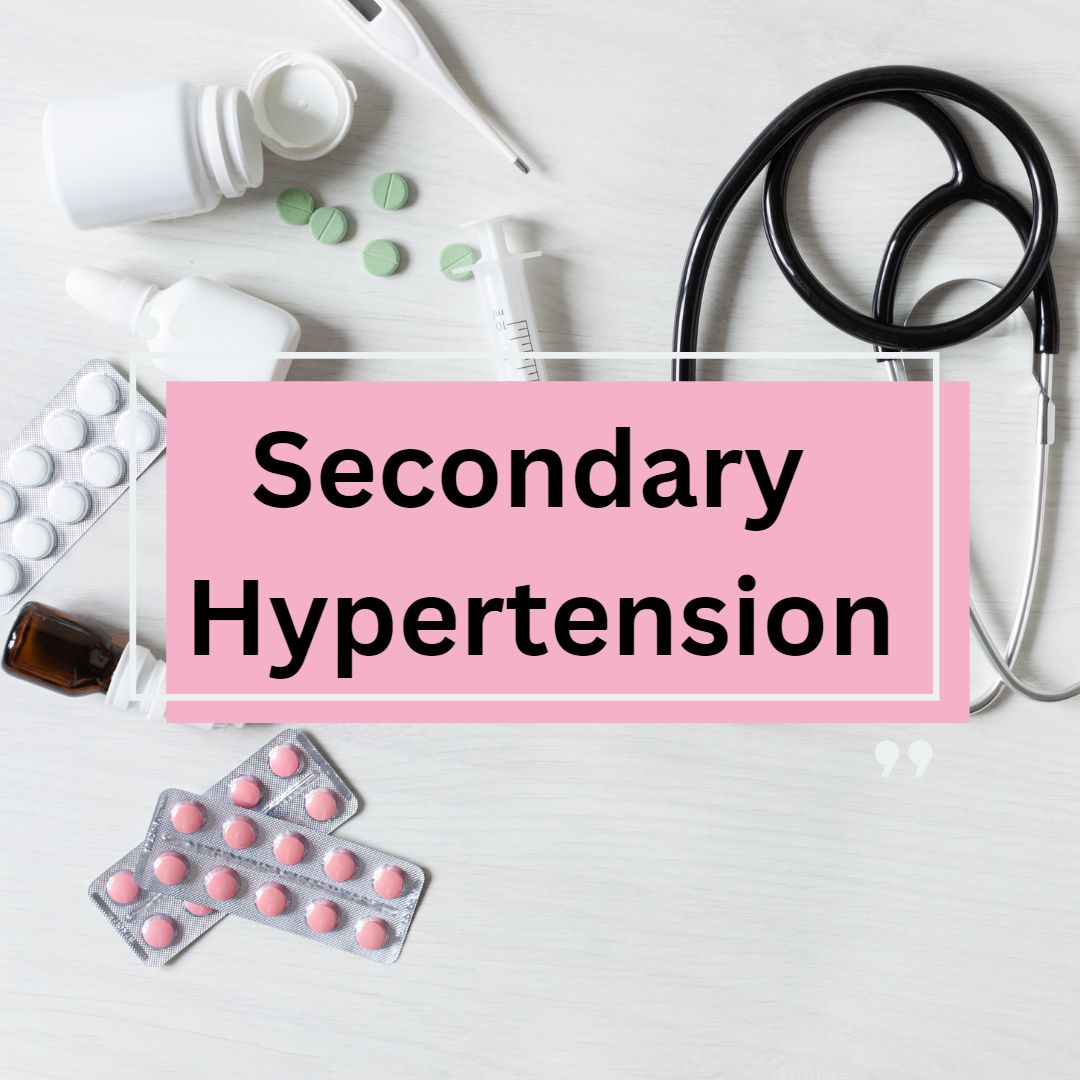“What is Daibetes ?”
A chronic medical disease called hypertension, sometimes known as high blood pressure, is characterized by increased pressure in the arteries.
Let’s first see what you mean by blood pressure? It is the force that blood applies to the artery walls as the heart pumps it throughout the body is known as blood pressure. Systolic pressure over diastolic pressure is used to represent it and is measured in millimeters of mercury (mmHg).
Systolic pressure: The highest figure indicates the pressure in the arteries when the heart beats or contracts, pumping blood into the arteries.
Diastolic pressure: The lower value refers to the pressure in the arteries between heartbeats when the heart is at rest.
Around 120/80 mmHg is widely regarded as the normal blood pressure range. But when the blood pressure persistently surpasses 130/80 mmHg, hypertension is identified.

The two main forms of hypertension are as follows:
- Primary Hypertension: This kind, which makes up 90–95 percent of all instances, is the most prevalent. Without a known cause, primary hypertension develops gradually over time. It is thought to be impacted by both hereditary and environmental factors, including poor nutrition, inactivity, obesity, excessive alcohol use, and smoking.

2. Secondary Hypertension: A preexisting medical condition or the usage of certain drugs might lead to secondary hypertension. Kidney illness, hormonal issues (such as Cushing’s syndrome or primary aldosteronism), thyroid issues, obstructive sleep apnea, continuous use of nonsteroidal anti-inflammatory medicines (NSAIDs), and other conditions may all cause secondary hypertension. Managing secondary hypertension often involves treating the underlying ailment.


– Increased strain on the heart: Due to the heart having to work harder to pump blood, high blood pressure causes the heart muscle to thicken and expand. Heart failure may ultimately result from this weakening of the heart.
– Blood vessel damage: High blood pressure may harm the blood vessels fragile lining, making them more prone to atherosclerosis (plaque accumulation and channel constriction). Blood flow to important organs may be restricted by narrowed arteries, which also raises the risk of peripheral arterial disease, heart attacks, and strokes.
– Organ damage: If uncontrolled hypertension is left unchecked, it may eventually harm vital organs including the heart, kidneys, brain, and eyes. It may aggravate renal illness, visual loss, cognitive decline, heart disease, heart attacks, heart failure, and stroke.

In order to effectively manage hypertension, it is crucial to adopt a multifaceted strategy that incorporates behavioral modifications such as adopting a healthy diet low in salt and rich in fruits, vegetables, whole grains, and lean proteins, engaging in regular exercise, controlling stress levels, refraining from alcohol use, and giving up smoking. By using some medications, the chance of issues may be reduced and blood pressure may be controlled.
Effective management of hypertension and preservation of general cardiovascular health depends on regular blood pressure monitoring, frequent medical examinations, and adherence to the prescribed treatment plan.
Remember that hypertension is a treatable illness and that you may live a healthy life and lower your chance of developing related issues with the right treatment, lifestyle changes, and medical advice.
